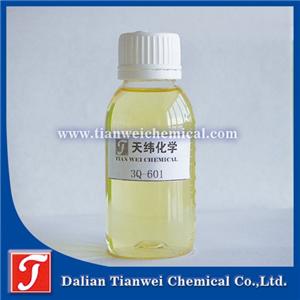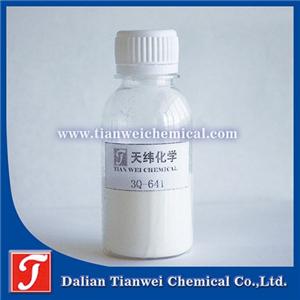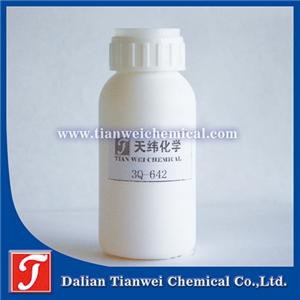Introduction and Application Fields of Fungicides for Modified Starch
Modified starch is widely used in fields such as food, papermaking, textile and building materials due to its excellent thickening, stabilizing and film-forming properties. However, modified starch is prone to mold in a humid or microbial-rich environment, which affects the quality and safety of the product. Therefore, the use of fungicides is a key measure to extend the shelf life of modified starch products and prevent mold growth. The following is a detailed analysis of the fungicides used for modified starch and their applications:
The reasons for the moldy growth of modified starch
Rich in nutrients: Modified starch contains carbohydrates, proteins, etc., providing nutrients for the growth of microorganisms.
Environmental factors: High humidity, suitable temperature (20-30℃) and oxygen conditions are prone to cause mold growth.
Processing procedure: If the hygiene conditions are poor during the production process, mold spores may be introduced.
Common types of fungicides
Fungicides for industrial modified starch should possess characteristics such as high efficiency, broad-spectrum, stability and environmental friendliness. Common types are as follows:
Organic acids and their salts
Sodium benzoate and potassium sorbate: Broad-spectrum antibacterial, suitable for food contact grade modified starch, but the dosage needs to be controlled.
Calcium propionate: It has a remarkable inhibitory effect on mold and is often used in the fields of building materials and coatings.
Heterocyclic compounds
Kathon (isothiazolinone type) : Highly effective in sterilization, suitable for water-based systems, such as starch adhesives and coatings.
Benzimidazoles: They have a good inhibitory effect on fungi, but compatibility should be noted.
Quaternary ammonium salts
Dodecyl dimethyl benzyl ammonium chloride (benzalkonium chloride) : Highly effective for sterilization, suitable for industrial-grade modified starch, but may affect product transparency.
Double-chain quaternary ammonium salts: They have a stronger bactericidal effect and are suitable for high-humidity environments.
Compound fungicide
The combination of multiple fungicides: For instance, the combination of organic acids and quaternary ammonium salts can enhance the antibacterial effect and reduce the dosage of a single fungicide.
Application fields and cases
Application Case:
Application: Modified starch is used for sizing the surface of paper or added to the pulp. Quaternary ammonium salt or organic acid fungicides should be selected.
Case: Adding it to the paper coating can effectively prevent mold and extend the shelf life of the paper.
Textile industry
Application: Modified starch is used in textile sizing, and high-temperature resistant fungicides should be selected.
Case: Adding it to the slurry can prevent the fabric from getting moldy during storage.
The field of building materials
Application: Modified starch is used in putty powder, adhesives, etc. Inorganic or compound fungicides should be selected.
Case: Adding it to putty powder can significantly improve the anti-mold performance.
Adhesive industry
Application: Starch glue is prone to mold damage, so highly effective anti-mold agents should be selected.
Case: Adding compound anti-mold agents to starch glue can effectively prevent mold growth and extend the service life of the glue




